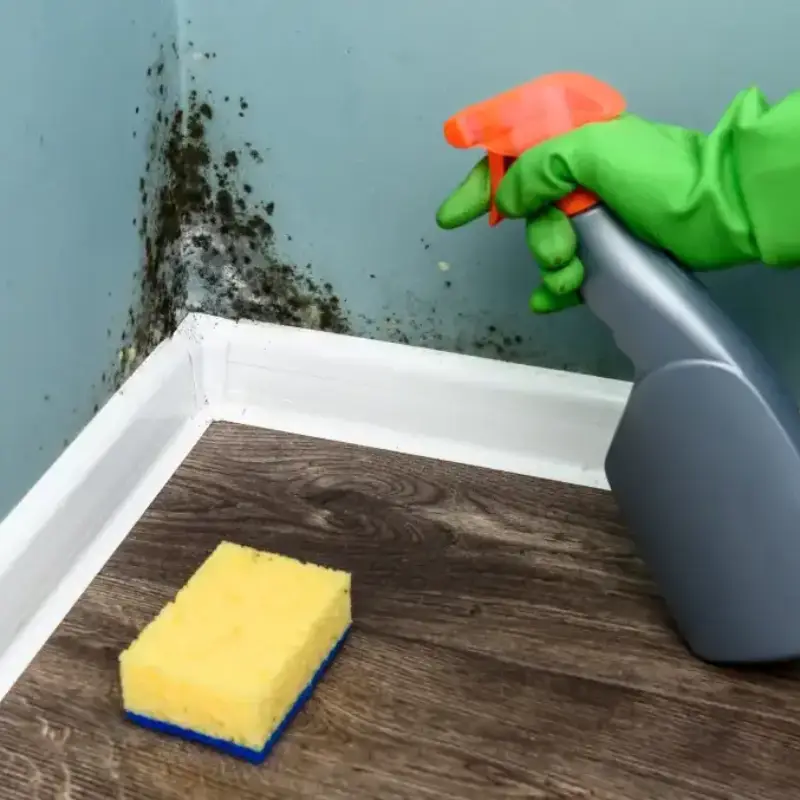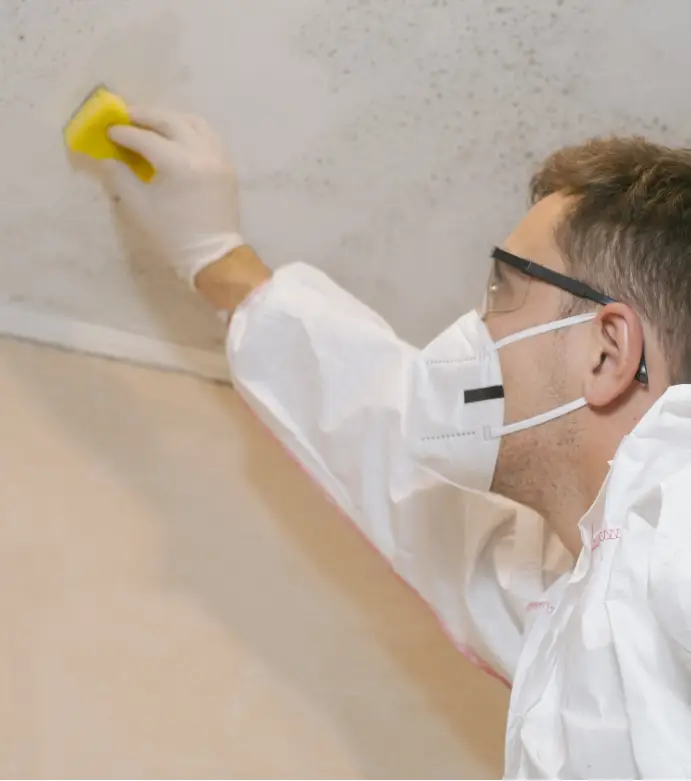
Mold is a common household issue that can pose serious health risks and cause significant damage to a property if left unchecked. Early detection and proper remediation are crucial to maintaining a safe and healthy home environment. Detecting mold early can prevent costly repairs and protect your family’s health. In this guide, we will explore how to identify mold, its potential dangers, and the necessary steps to take for effective mold remediation.
What causes mold in a house? Mold thrives in damp, warm, and humid environments. Common causes of indoor mold growth include:
If moisture problems are not addressed promptly, mold can spread rapidly and become a significant issue requiring professional intervention.
Mold exposure can lead to a variety of health problems, particularly for individuals with allergies, asthma, or weakened immune systems. Symptoms of mold exposure include:
Prolonged exposure can exacerbate existing health conditions and, in severe cases, lead to serious respiratory diseases. Certain types of mold, such as black mold (Stachybotrys chartarum), are particularly concerning due to their potential toxicity. Identifying mold types can help determine the best course of action for remediation and ensure a safe living environment.
Recognizing the early signs of mold growth can prevent costly repairs and health issues. Some common indicators of mold infestation include:
If any of these signs are present, it is crucial to investigate further and determine the extent of the mold problem.


A thorough assessment is necessary to determine the severity of a mold infestation. While small patches of mold may be manageable with DIY solutions, widespread mold growth often requires a mold remediation specialist.
Homeowners can perform a preliminary assessment by checking hidden areas such as:
However, hiring a mold remediation professional for a comprehensive inspection ensures accurate detection and proper treatment of the issue.
For homeowners looking to identify mold on their own, several tools and techniques can be useful:
While these methods can help locate mold, they may not always provide a complete picture of the infestation. If mold growth is suspected, professional testing and evaluation may be necessary.
If mold covers a large area (more than 10 square feet) or is located in difficult-to-reach places, it is best to consult a mold remediation specialist. Professionals have the expertise, equipment, and protective gear required to safely remove mold and prevent its recurrence.


A mold remediation professional will conduct a thorough inspection, identify mold types, and develop a remediation plan. This process may include containment of affected areas, air filtration, removal of mold-infested materials, and restoration efforts to prevent future mold growth.
Preventing mold growth is easier than dealing with a full-blown infestation. Here are some effective strategies to keep mold at bay:
By taking these preventive measures, homeowners can reduce the risk of mold growth and maintain a healthier indoor environment.
Detecting mold early and taking the appropriate steps for remediation is essential for maintaining a safe home. Here are the key takeaways:
For severe mold infestations, consulting a mold remediation professional is the best course of action to ensure effective and lasting results.